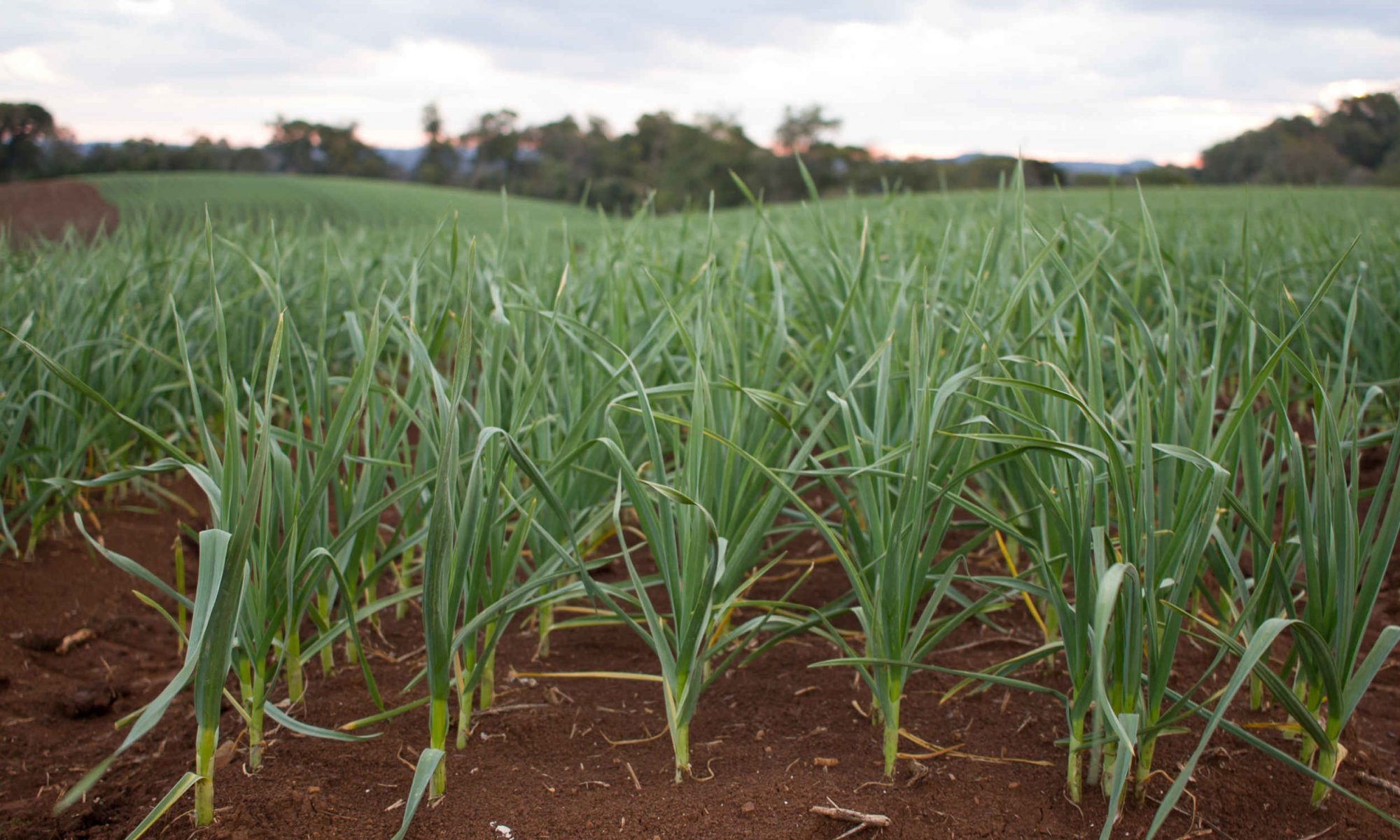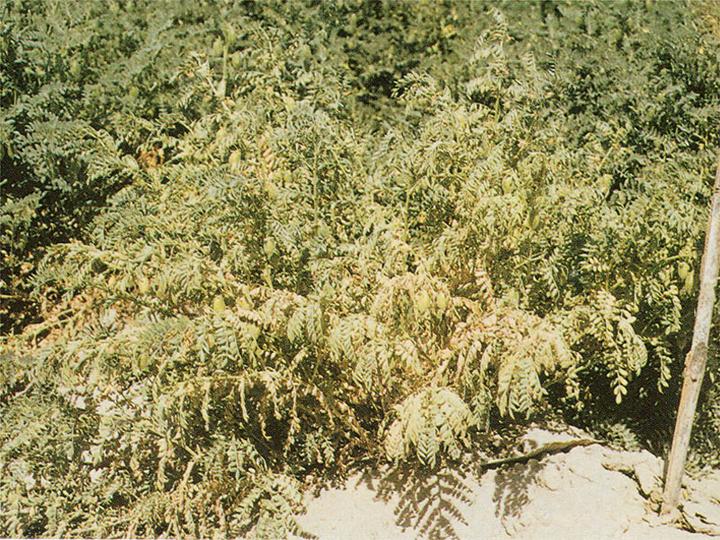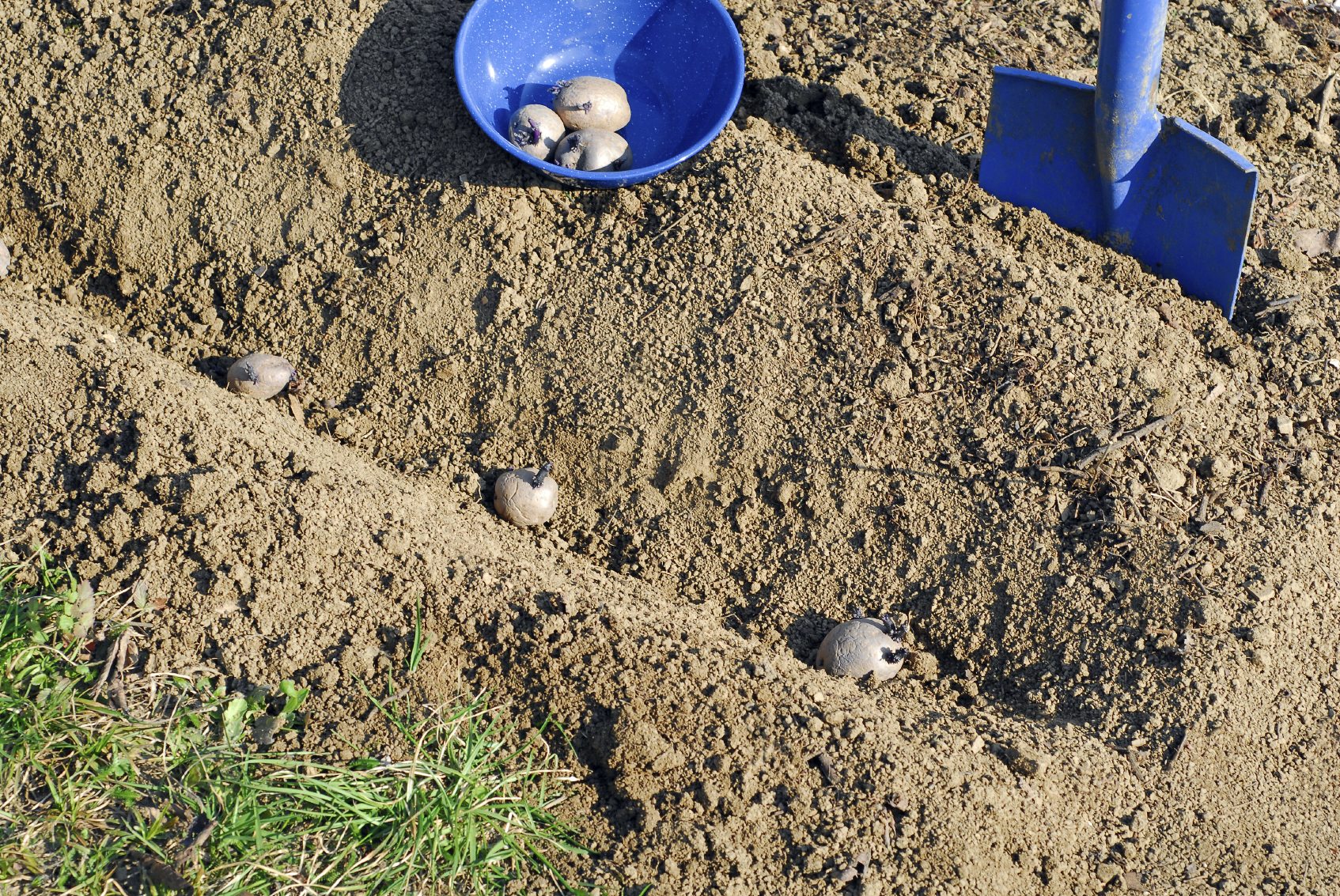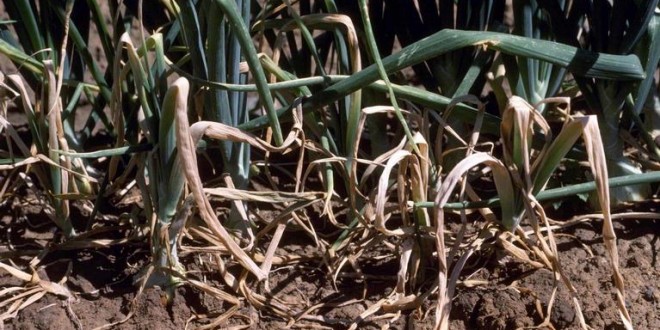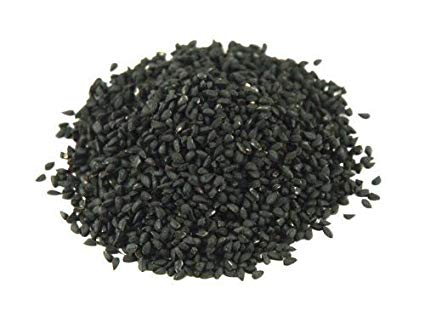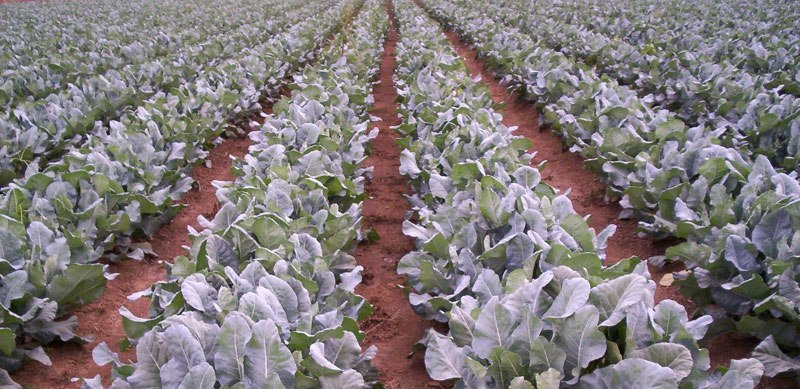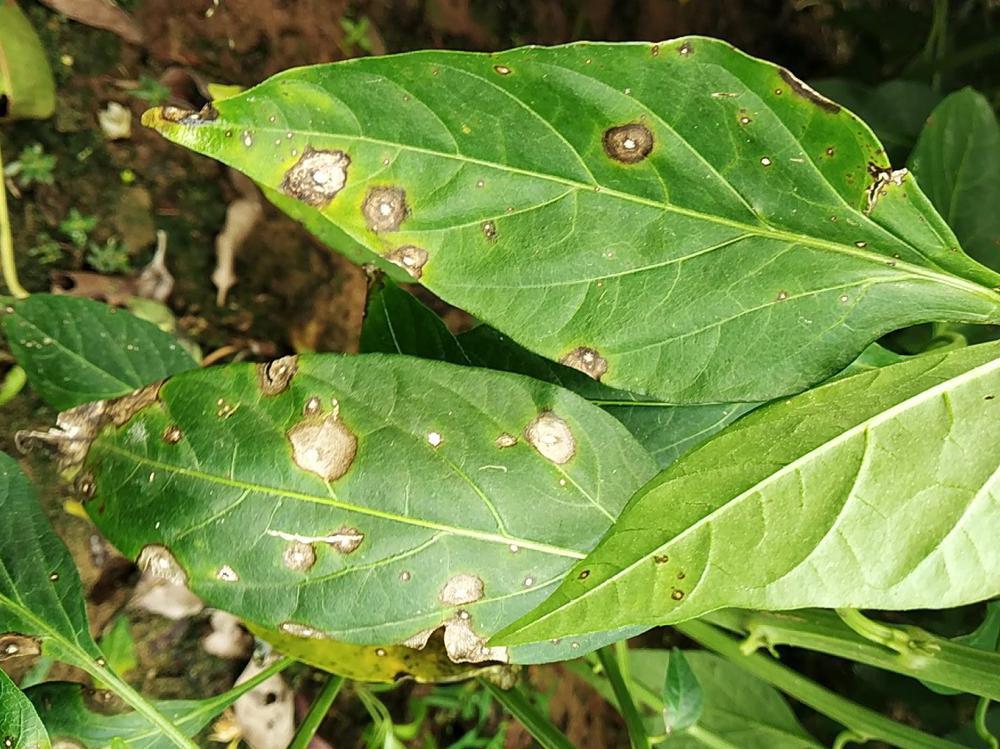- Cloves are sown in September-November in central India.
- The selection of cloves is important for garlic planting.
- Individual cloves from seed garlic bulbs should be separated but not long before planting.
- Twist off the outer skins and take the cloves apart without breaking the basal plate of the cloves, as that makes them unusable for planting.
- With hardneck garlic, the remainder of the stem acts as a handy lever for separating the cloves.
- Big cloves (>1.5g) should be selected for planting. Small, diseased and damaged cloves should be rejected.
- The seed rate for garlic is 160-200 kg/acre.
- Selected cloves should be planted vertically 2 cm below the soil surface with the plant to plant spacing of 10 cm and row to row spacing of 15 cm.
Like and share with other farmers by clicking on the button below
Share
